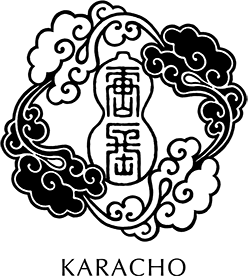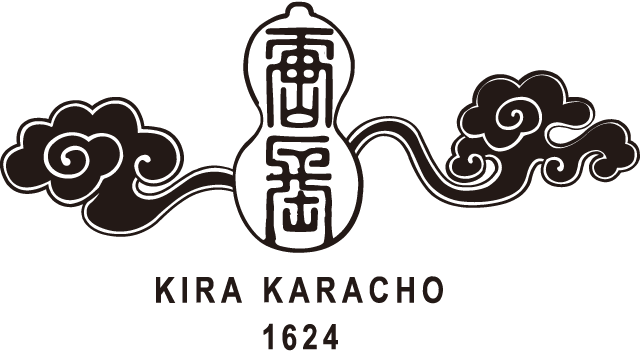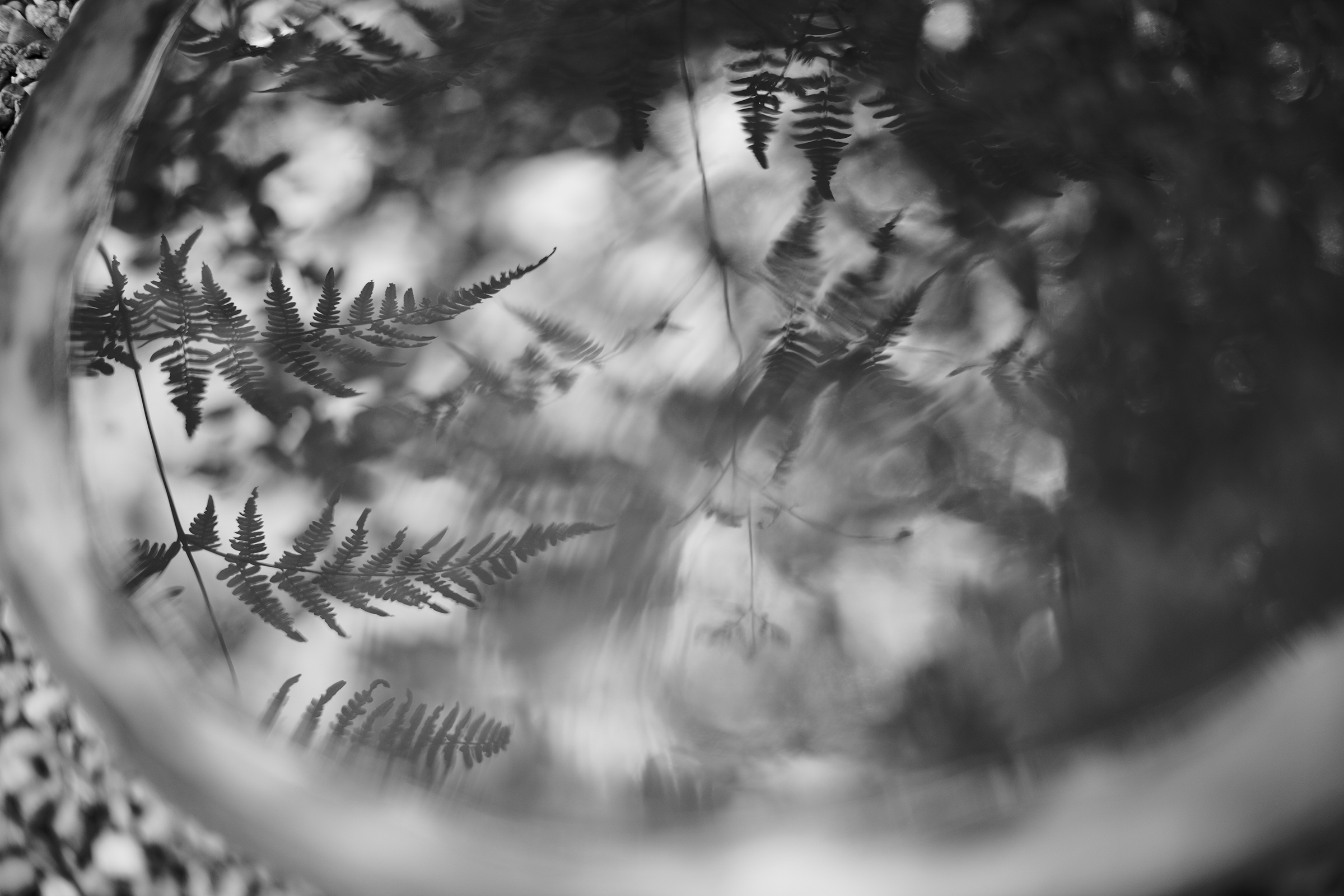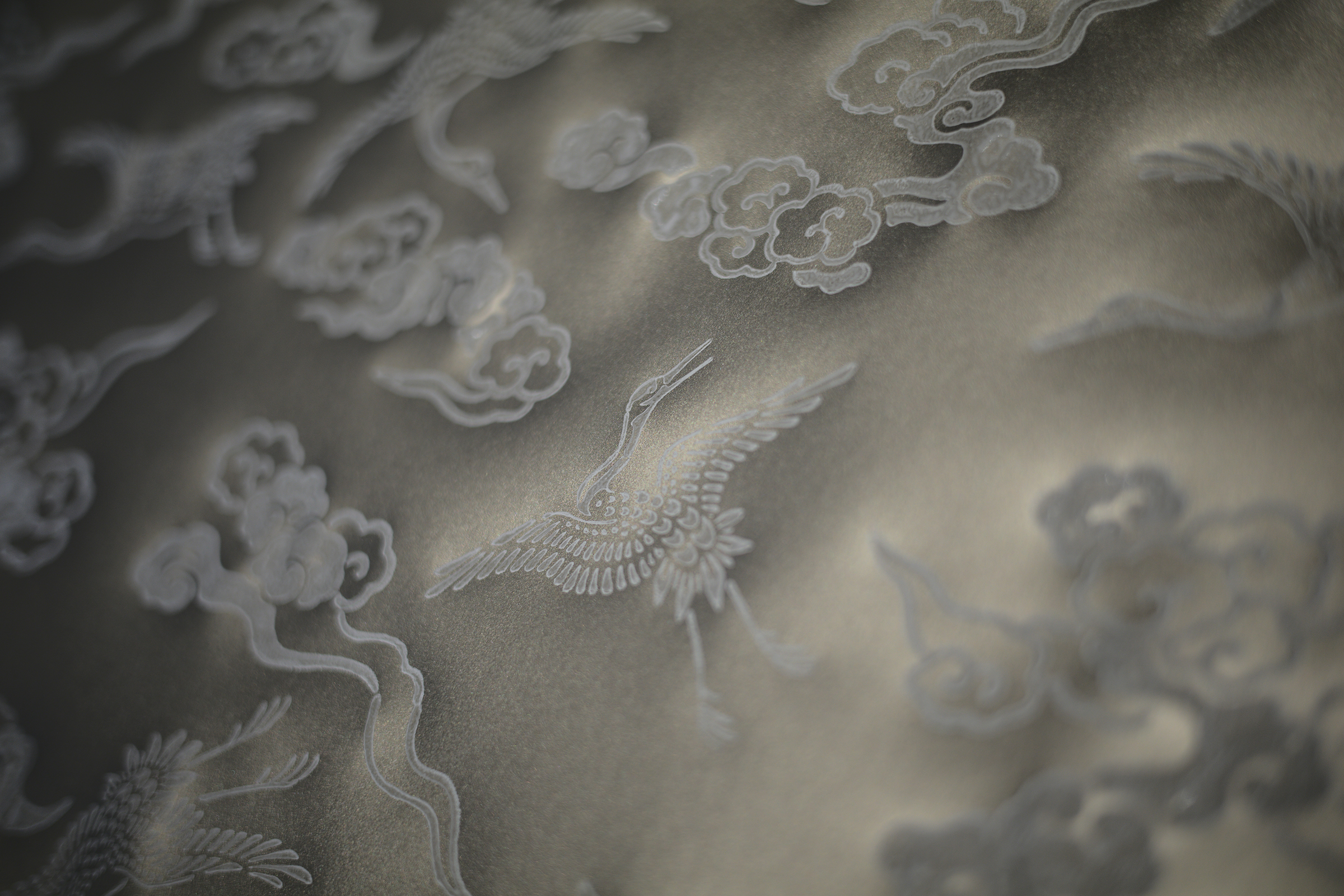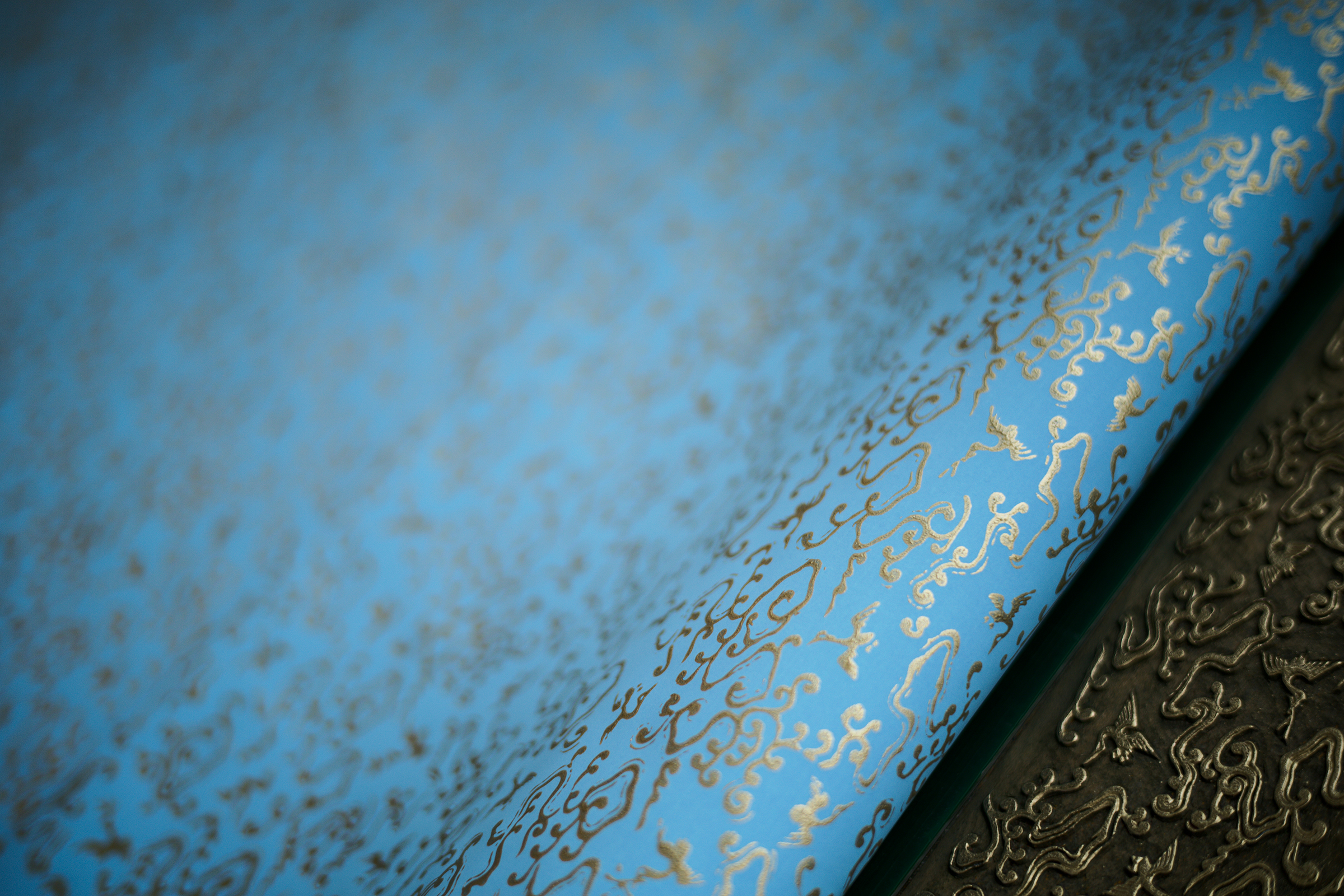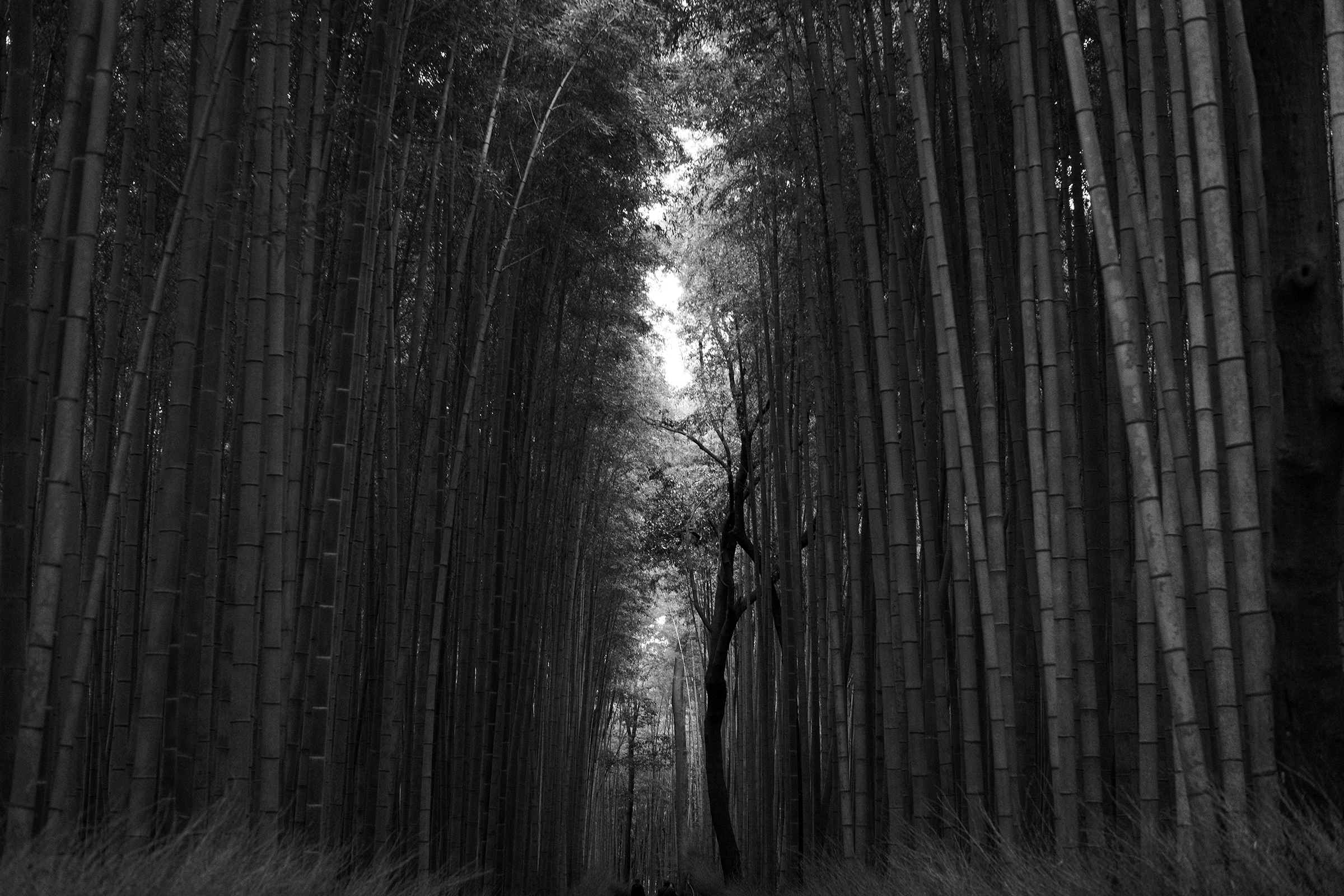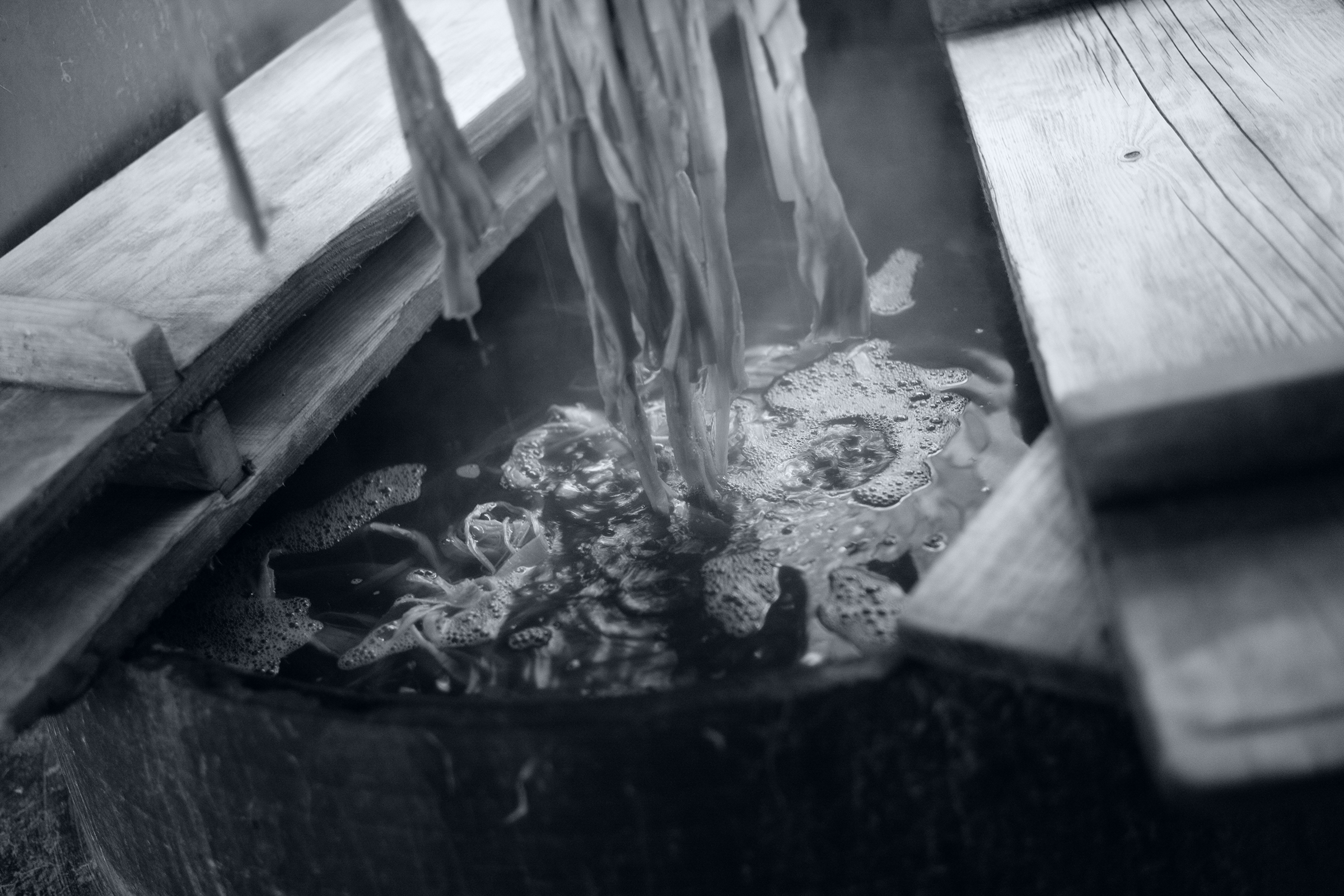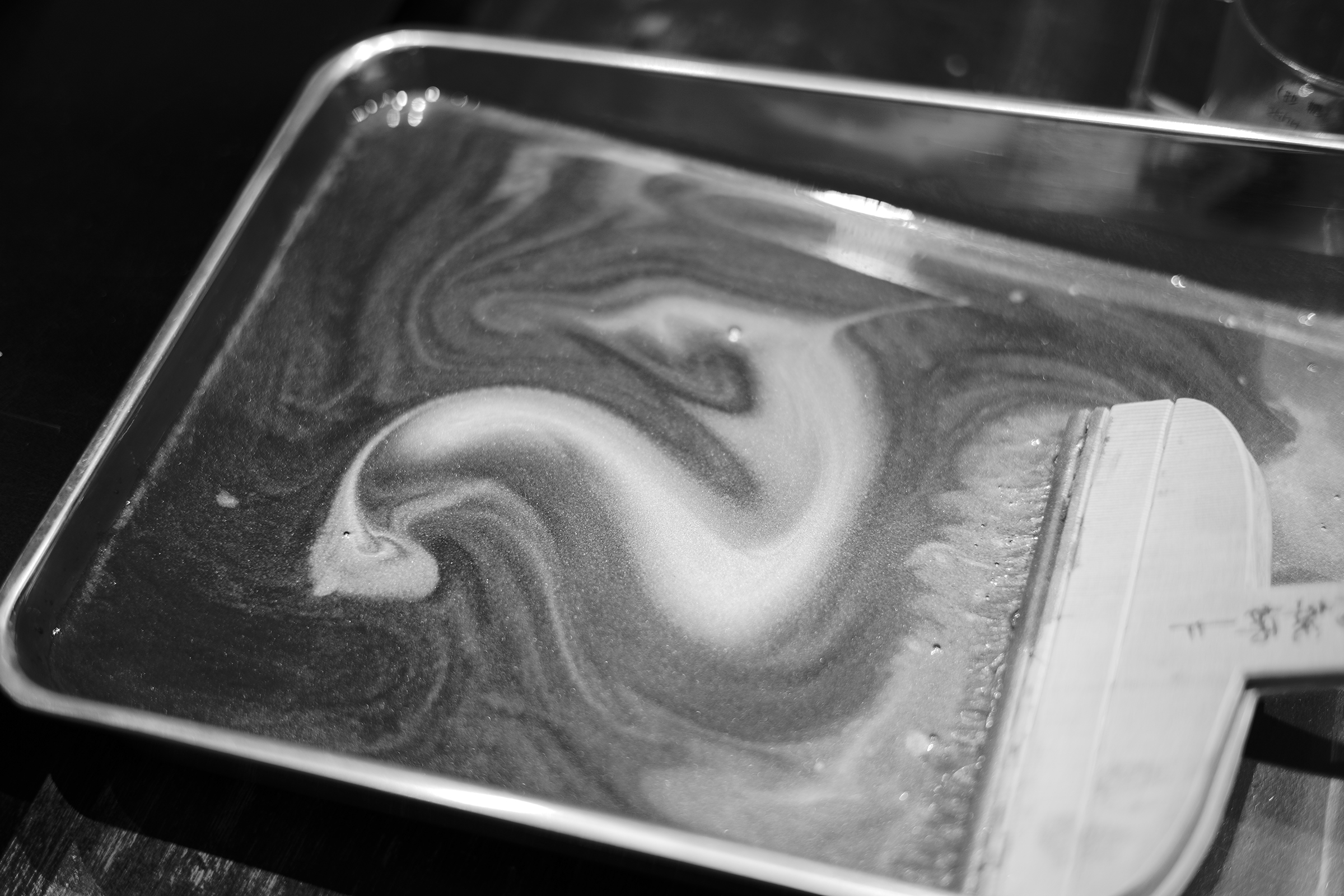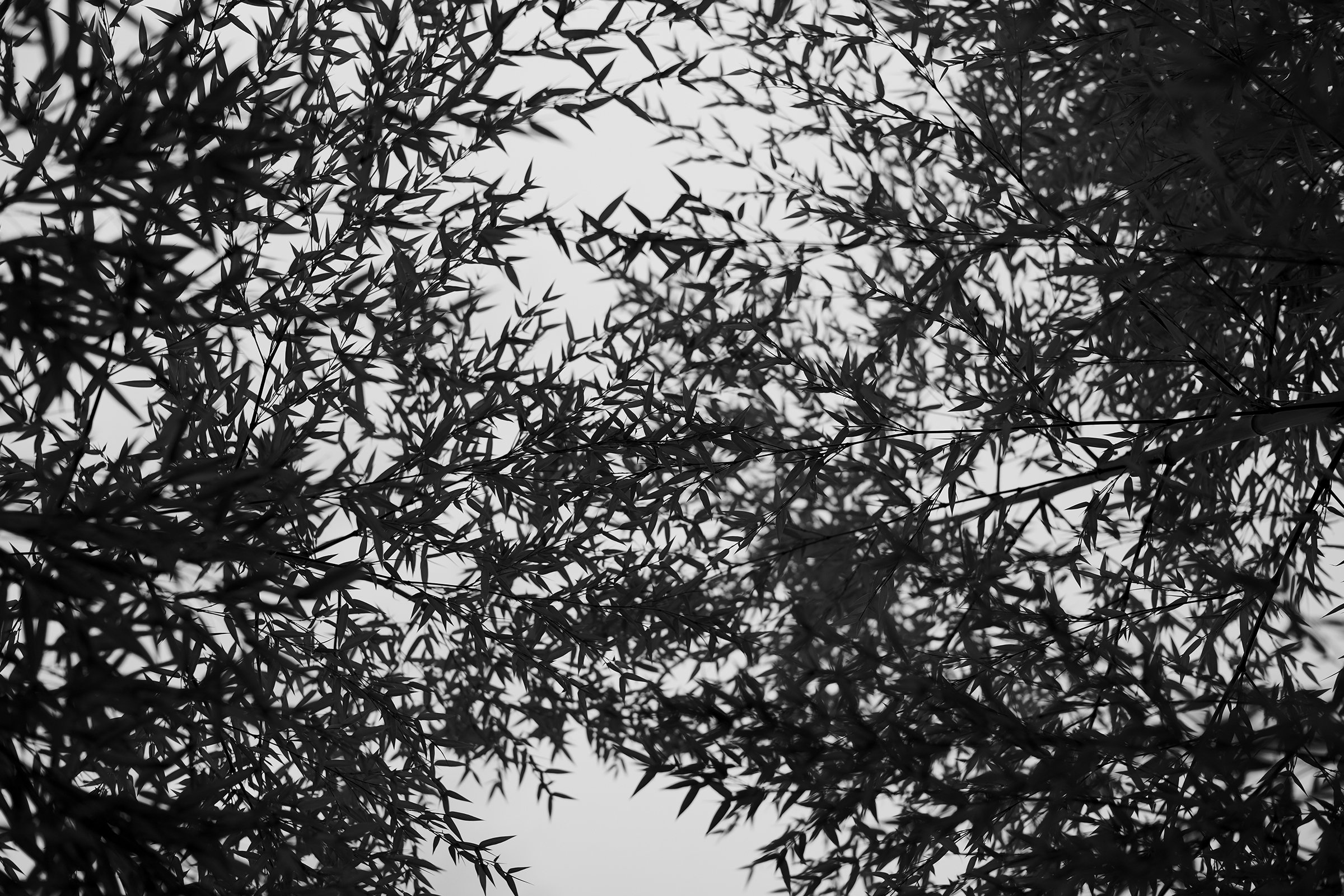Philosophy
The Karacho Philosophy
Karakami and the patterns that adorn it have a “presence” that quietly works its influence upon the heart while harboring people’s prayers to nature and all the gods and spirits. We believe that opening the world to the Japanese prayers and beauty hidden in karakami will enrich people’s lives and livelihoods.
Tradition is always in the present.
As the only karakami shop to remain in business for four centuries, Karacho shares a history of hundreds of years with the many people who have loved karakami. I feel that the value of this inimitable span of time both resides in and continues to be protected by the name Karacho.
When a tradition is passed down to the next generation, it brings with it the relationships and stories of the people who came before. We are grateful to our ancestors who protected the woodblocks and passed them on to subsequent generations, and we are indebted to all those who have loved karakami. We now carry the torch of karakami culture and spirituality, and we will pass it on to the world and to the next generation.
I pray that the world will find peace through karakami
And that people’s hearts will be gentle and joyous
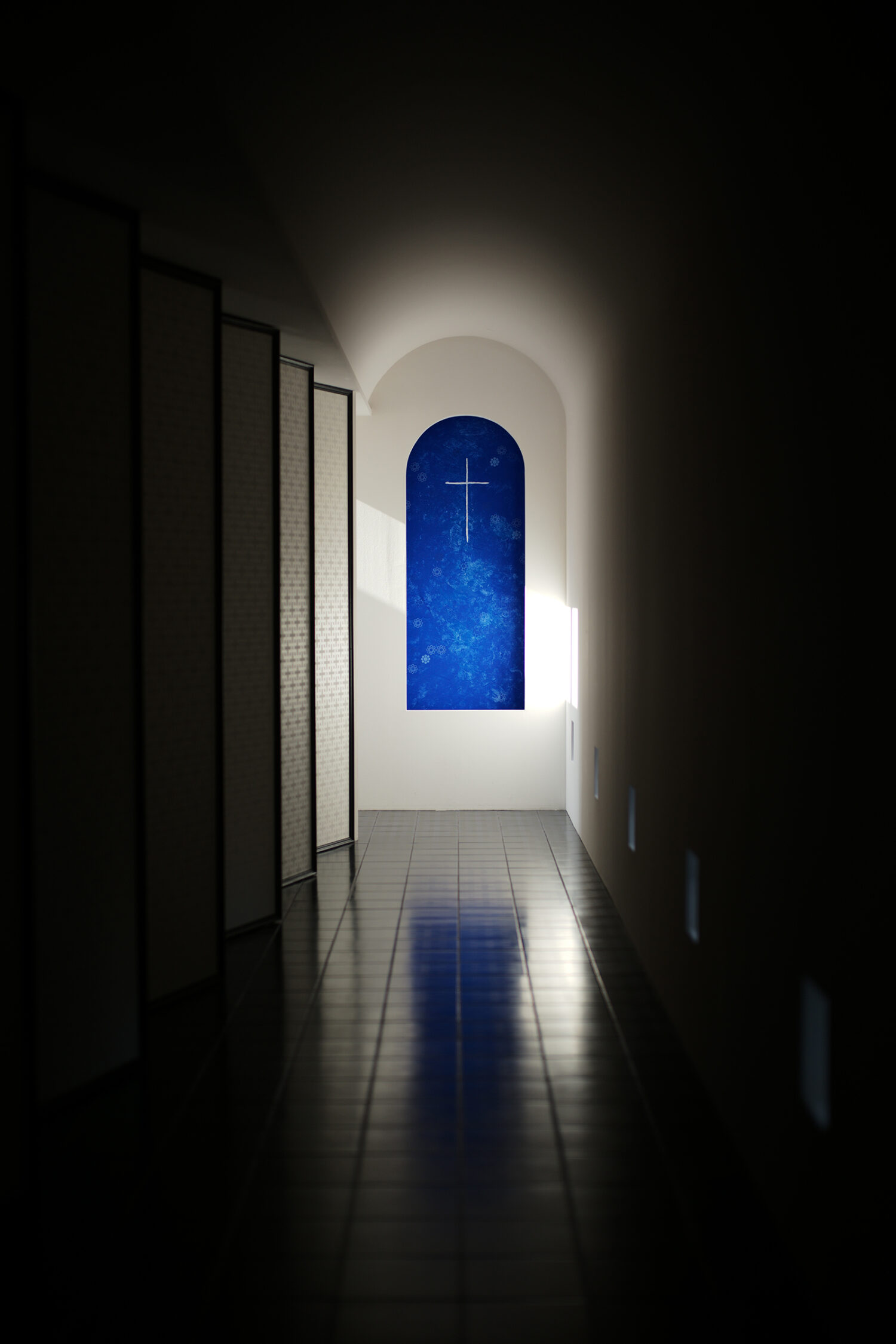
The Thoughts and Ideas Behind the Patterns
Karakami patterns stand against a backdrop of prayer. They are not superficial “designs.” Imbued with the prayers and wishes of people, they are home to spirits and deities.
*Source: Toto Akihiko. Nihon no Monyo Monogatari [Japanese Pattern Stories]. Introduction, (Kodansha 2015).
“Karakami patterns are imbued with juno.”
Similar to charms, juno are the original intentions that people infused in the patterns they created. Even after thousands of years have passed, those intentions remain. The patterns conceal a magical power coming from these intentions, as well as a spiritual power coming from both the ancestors who protected and passed down the woodblocks and the people who loved karakami. The karakami papers that harbor these powers also hold thousands of hidden stories. In order for these stories to live on in the lives of people today, we capture the shadows of our prayers on karakami paper and turn them into light.
Types of Patterns and Their Meanings
Patterns have the power to protect us, and each pattern has its own meaning and story. When you unravel its knots, you will find that it holds spirits and people’s prayers. A great variety of powers is hidden within the patterns, such as protection against evil, warding off misfortune, purification, protection, longevity, preventing disaster, good health, growth, prosperity, hope, great happiness, good fortune, improved fortunes for the family, commercial prosperity, safety of one’s family, prosperity for one’s descendants, marital bliss, and matchmaking. The desire for happiness and a better life is a wish shared by all humankind. Patterns have transcended time and traveled around the world, bearing the wishes of people from all ages and cultures.
Toto Akihiko discovered the existence of juno spells expressing the creator’s original intentions in karakami patterns and introduced philosophy into the world of karakami by systematizing the meanings and stories hidden in the patterns.
The Heisei Reiwa no Hyakumonyo Project
Tenpyo Ogumo
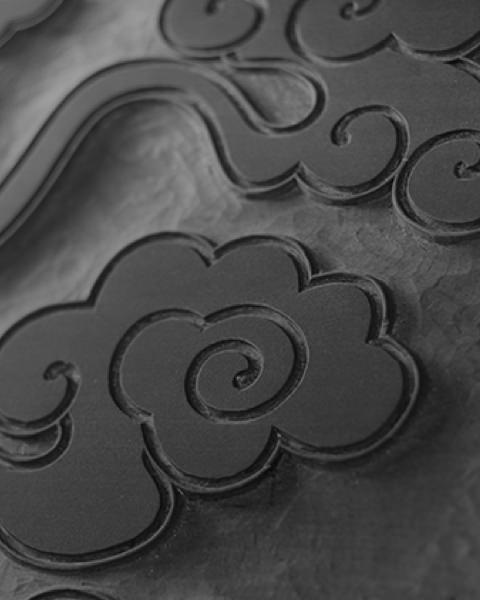
Kaku Tsunagi
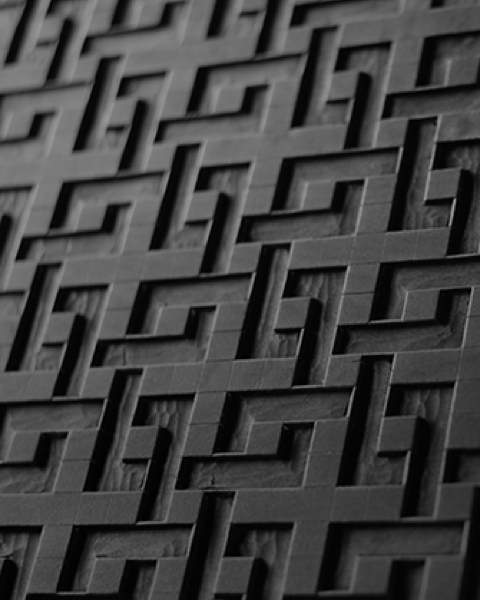
Hyotan
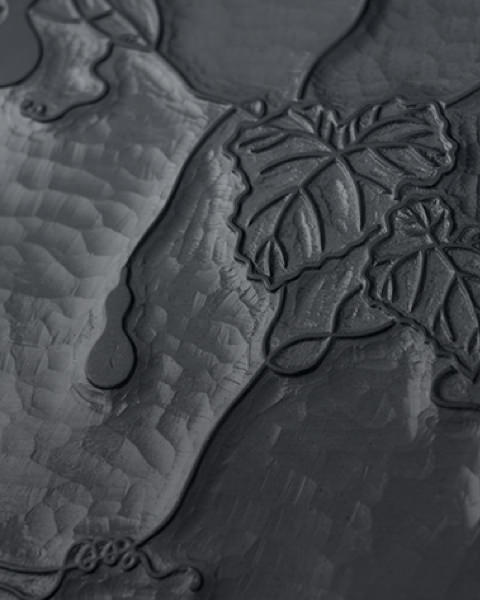
Shochikubai Karakusa
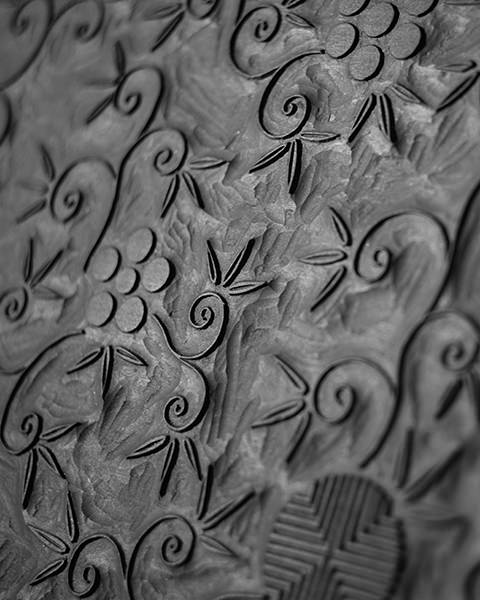
Hoso take
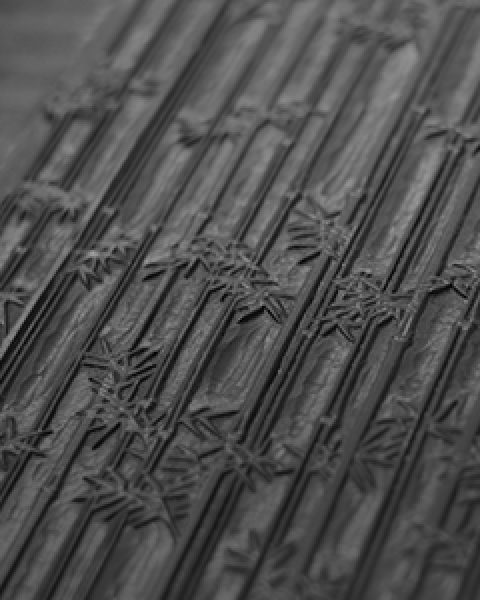
Shinobu no Maru
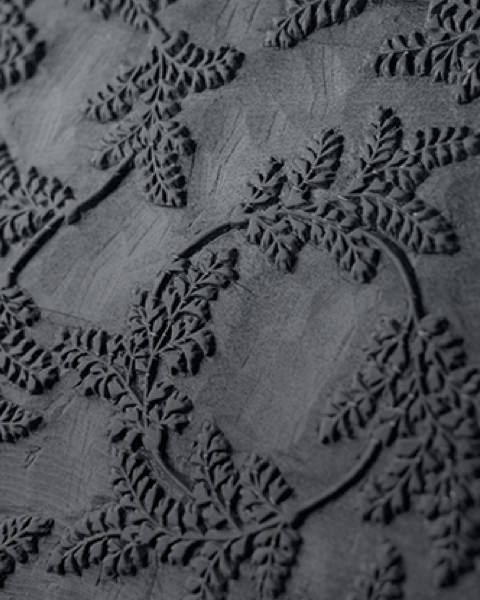
Kogara Unkaku
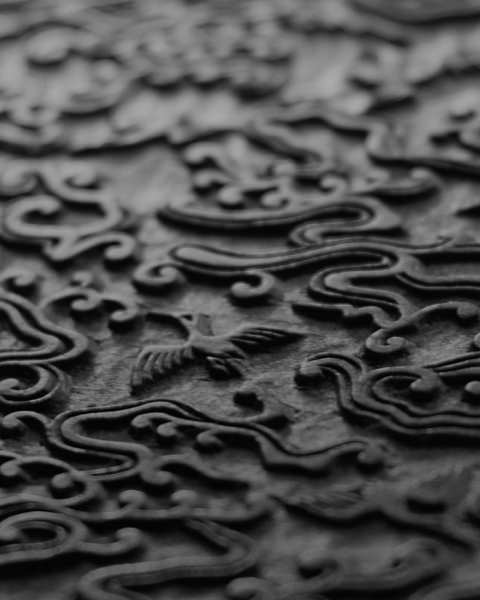
Hoso uzu

Ganryu

Namban Shippo
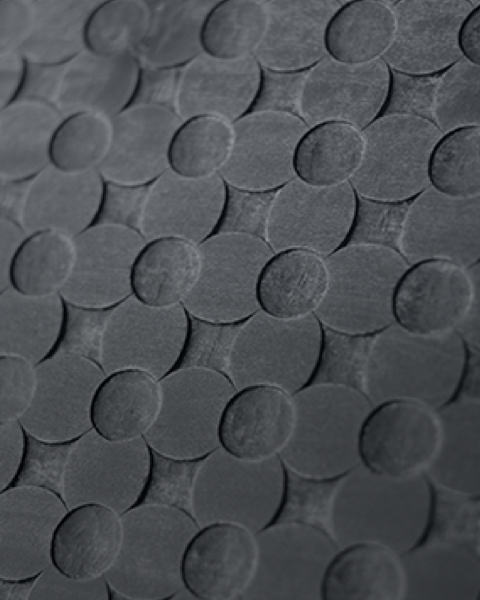
Korin edaume
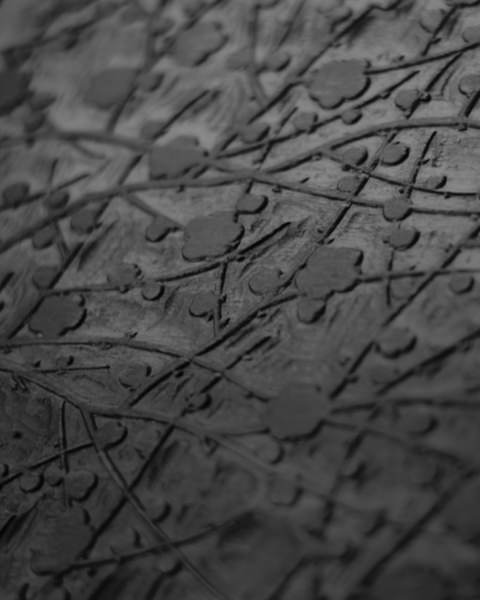
Oami botan
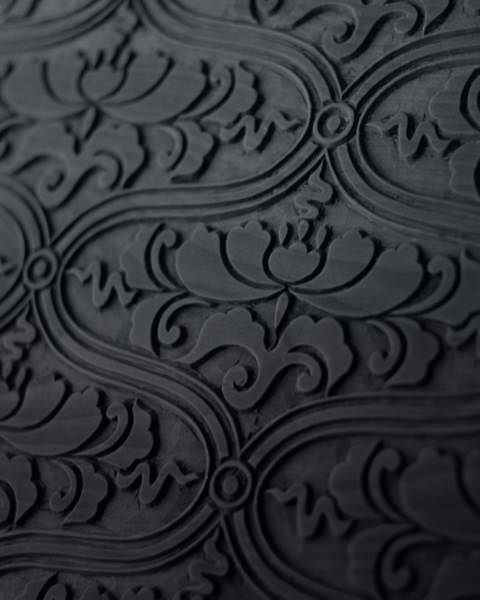
Goshichi no kiri
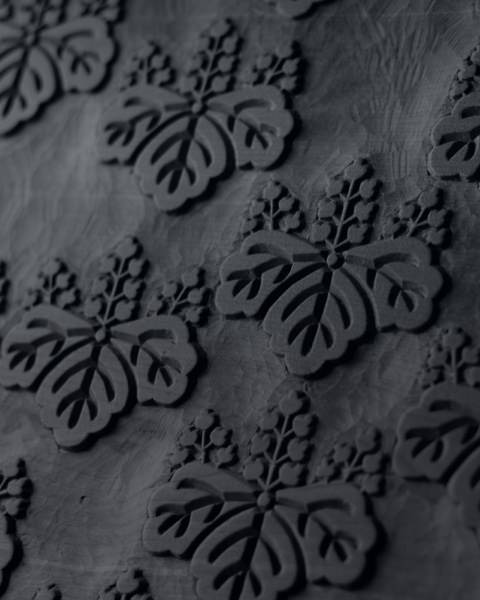
Kacho tatewaku
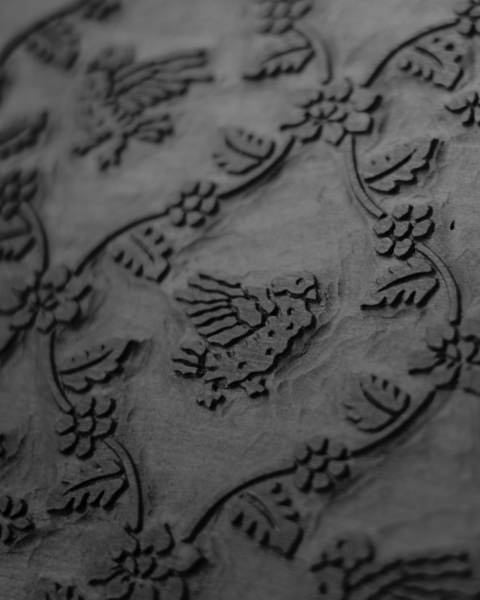
Ki no Tea
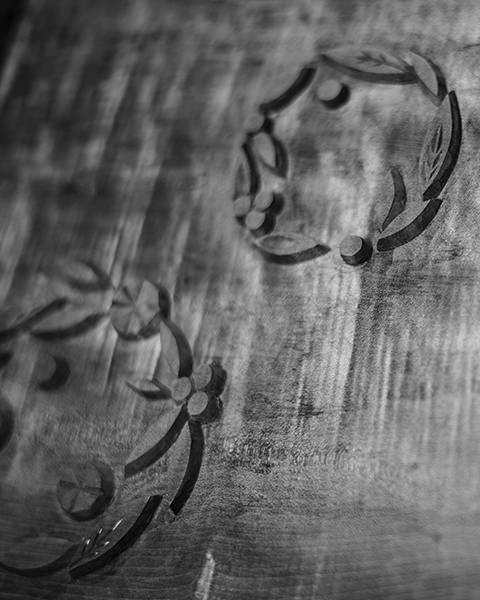
Shojugonomi Genjiko
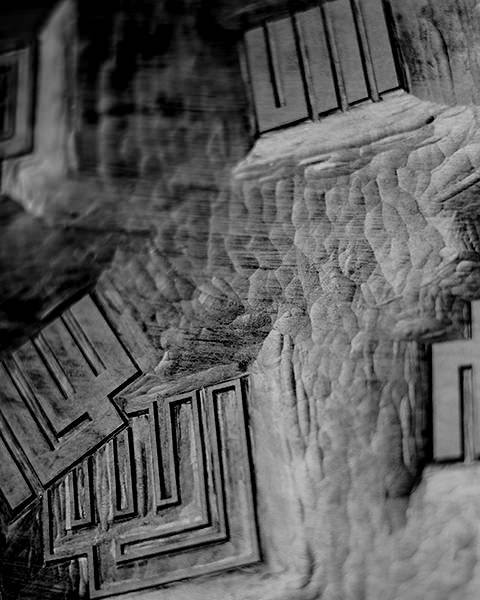
Honebamitoushiro
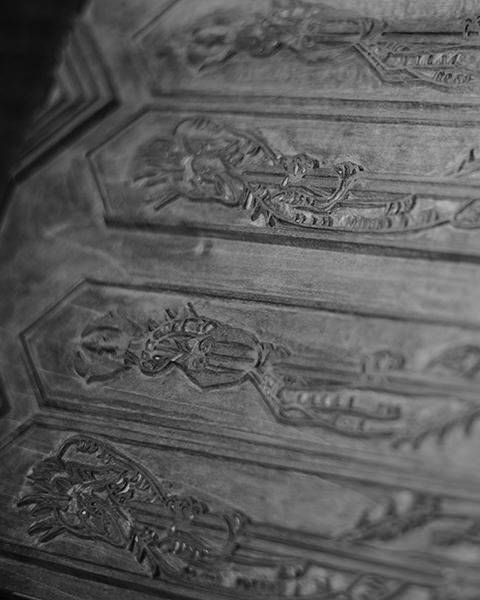
Heart & Cupid
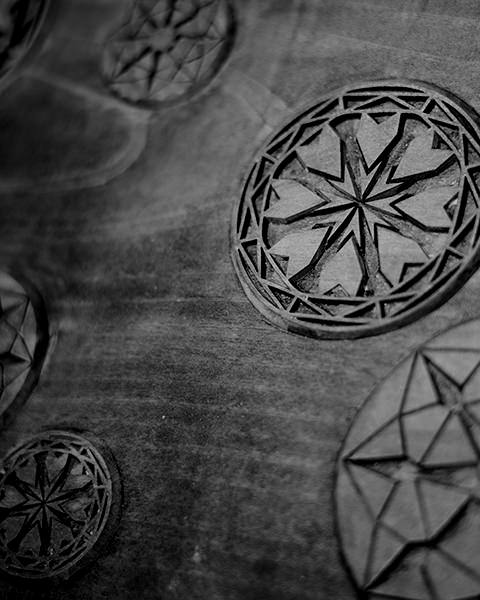
Omoi no Take Meguru Tsuki
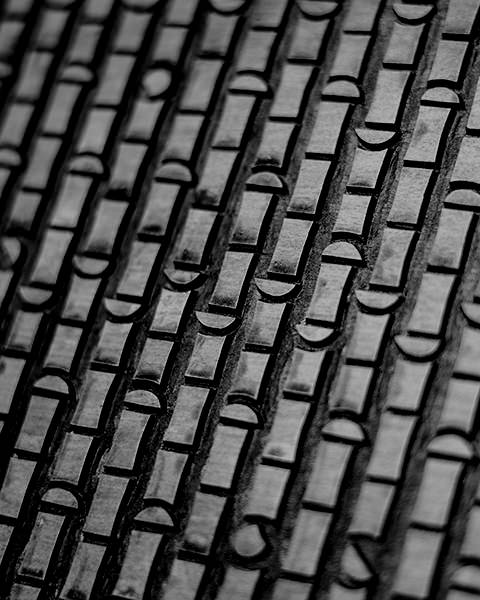
Alleluia

Hyaku Monyo Mon
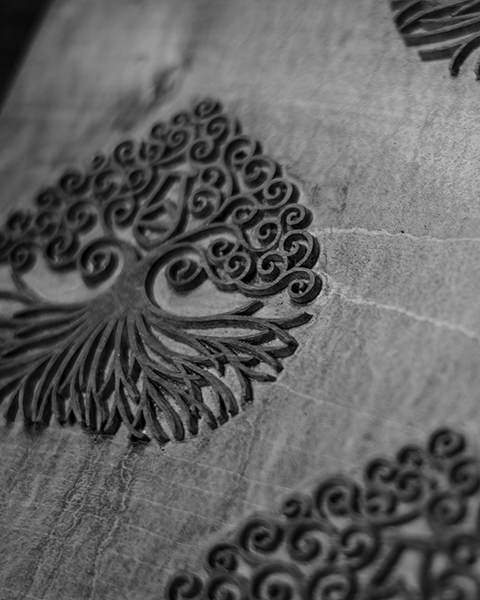
Monju no wa
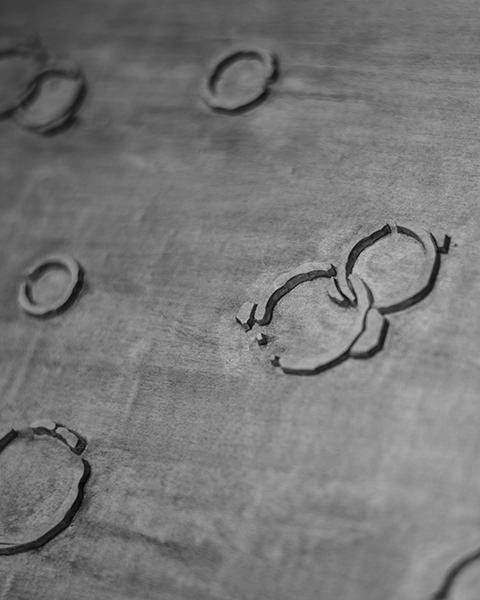
Houjoue
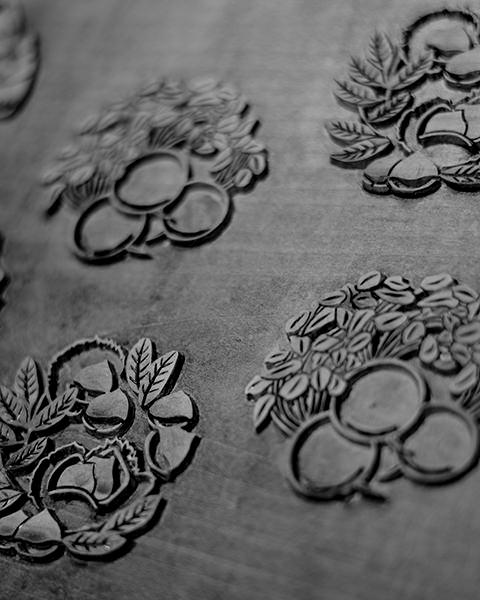
Hinata Daimon
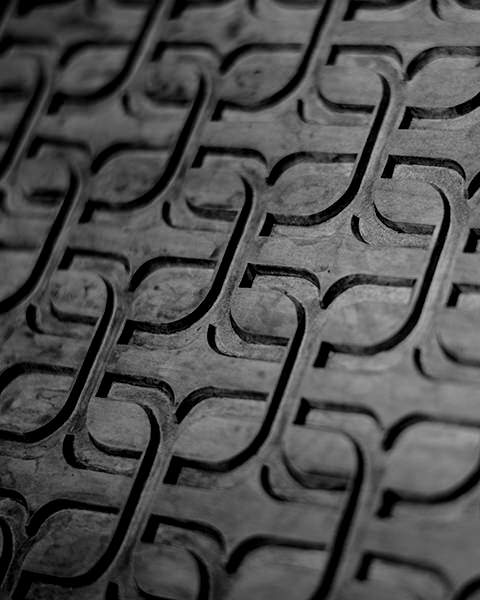
Kage Daimon
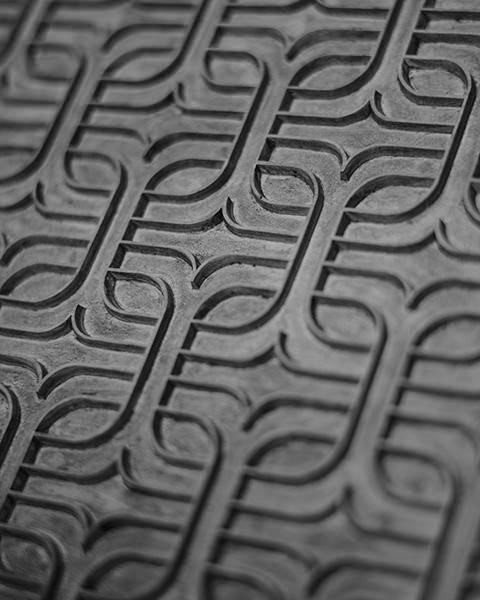
Toraya Yokan PatternKARACHO Selection
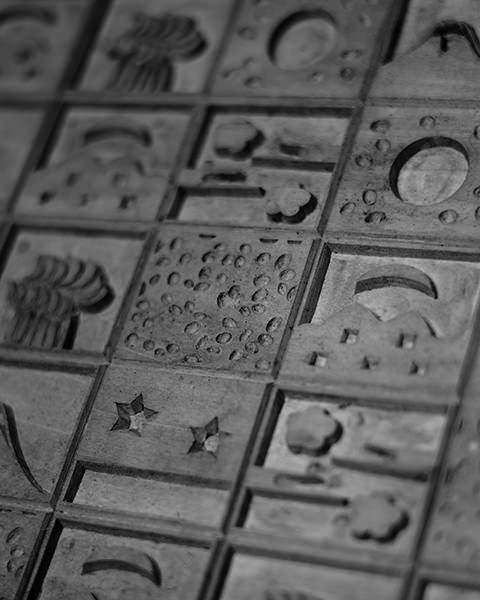
Tsurunoko Reiwa
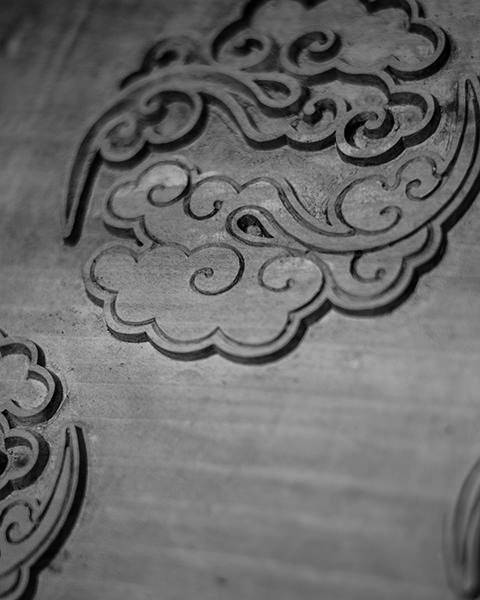
Shushi

Kouha
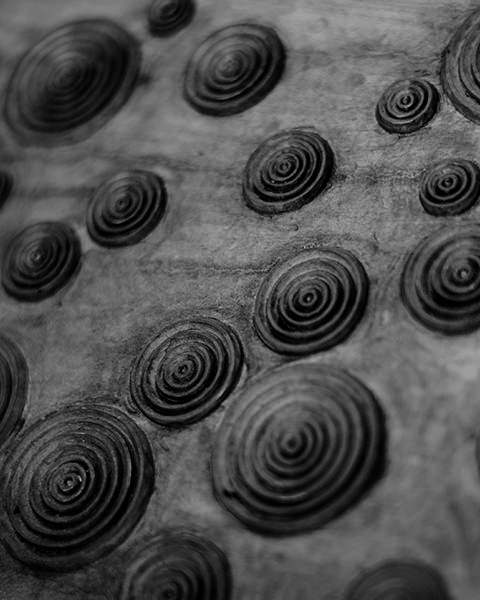
Fujin Karakusa
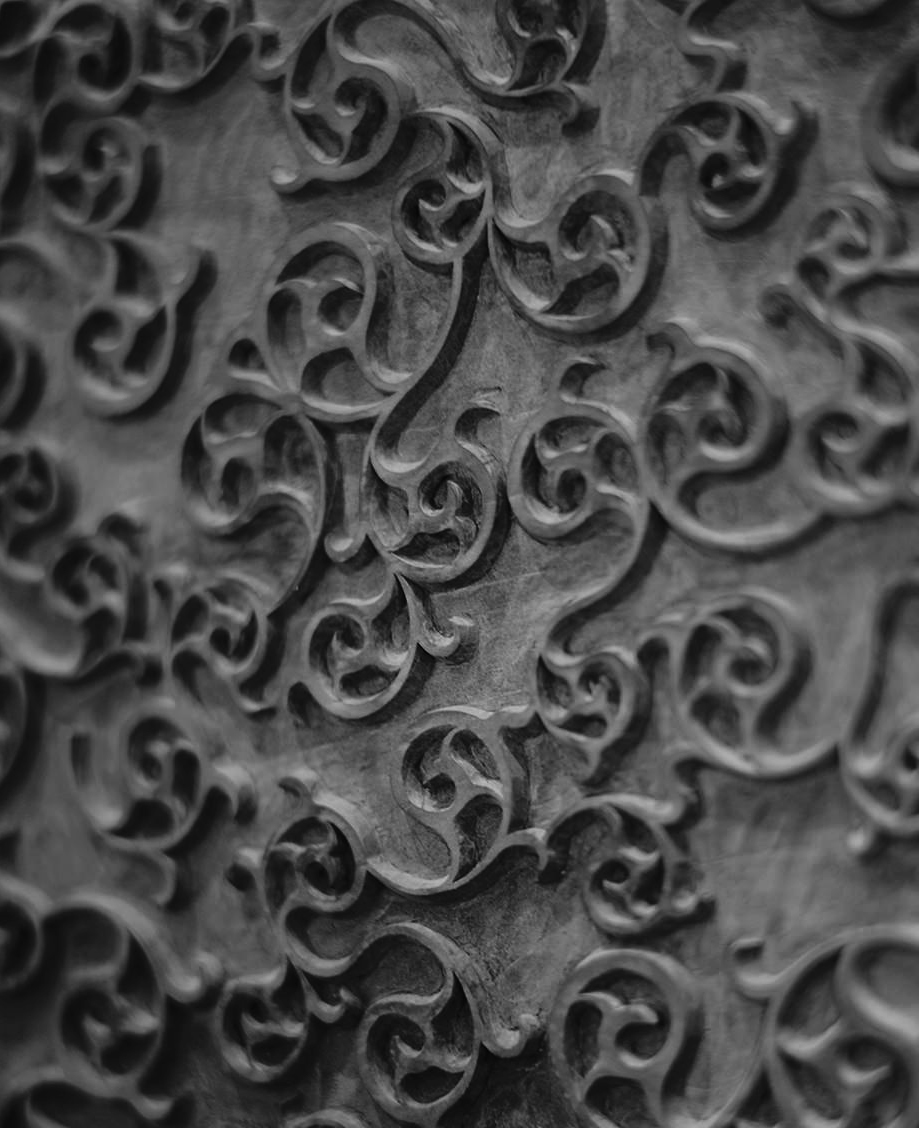
Gekka
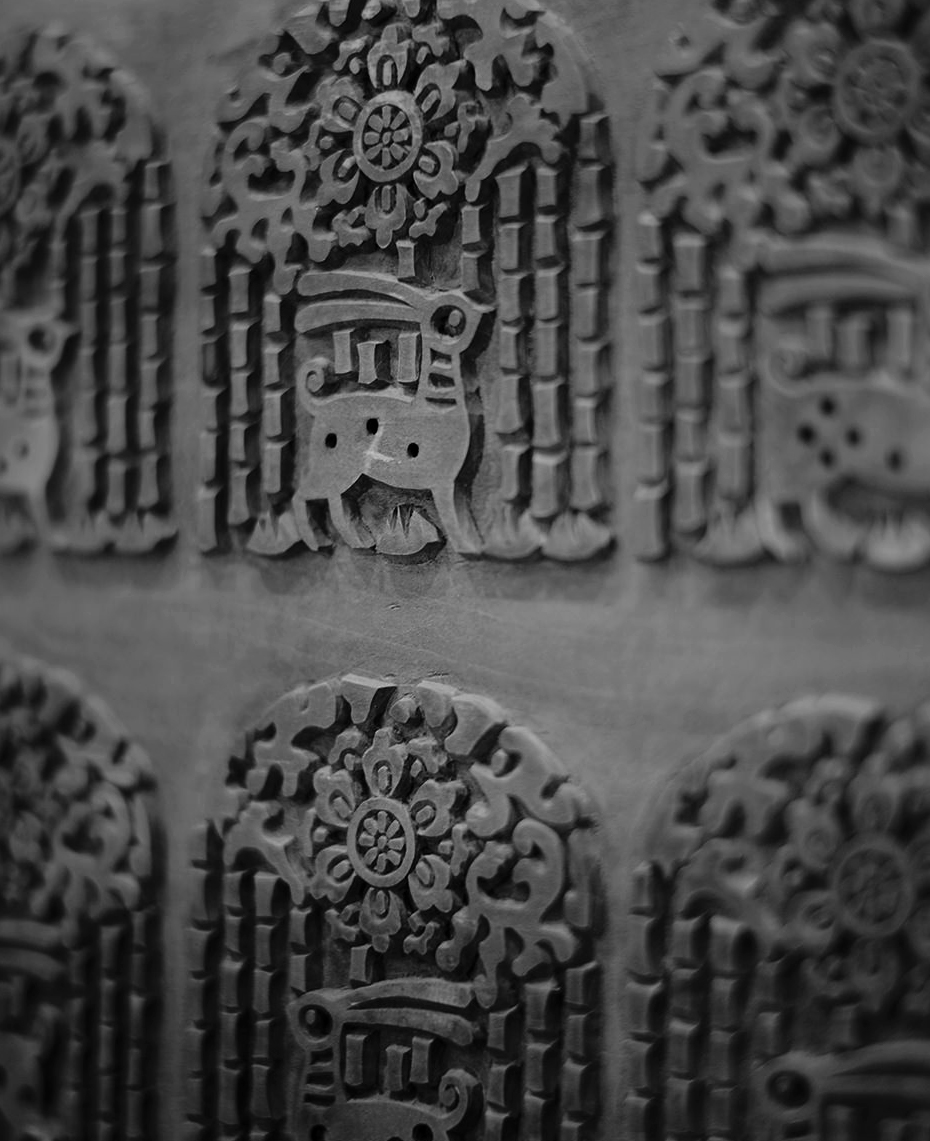
Rose arabesque mum
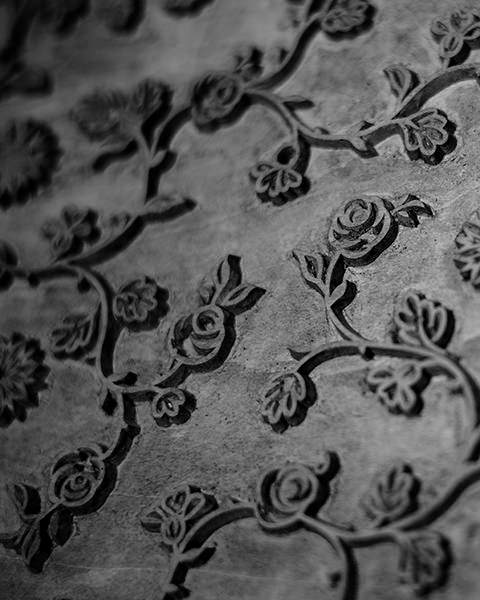
Souran
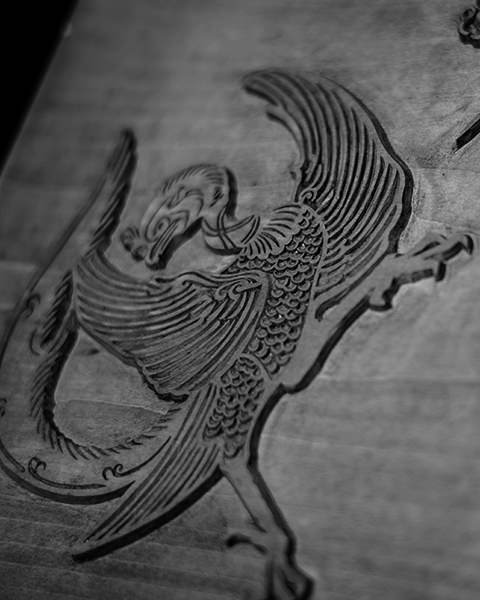
Hikari No Ame
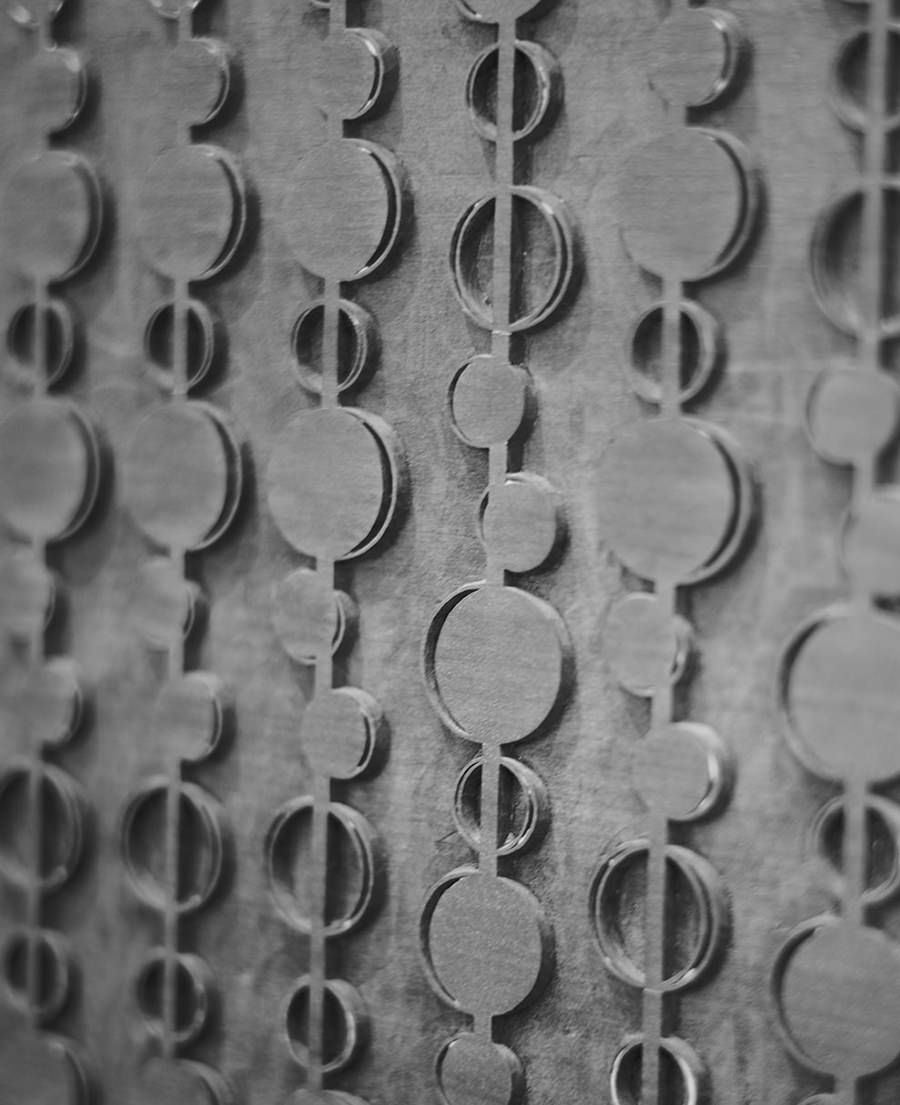
Kokorozashi no majiwarutokoro

Environmentally Friendly and Sustainable Karakami Paper
At Karacho, we believe that “Karakami are the forests and nature itself.” Woodblocks and washi paper were originally trees. The pigments are made by crushing minerals from the earth and seashells. A common theme runs through the acts of making washi paper, mixing paints, and printing from woodblocks. It is that they are all connected by the power of water. The nature of each of these is transformed and becomes karakami.
With a history reaching back hundreds of years or more and made of natural materials that have been transformed, karakami paper has proven itself to be a sustainable inheritance. We also call the mysterious and beautiful shine of mica “eternal radiance.”
When viewed from space, the mysterious glow of mica shimmering on the blue earth must be exceptional.
Publications
Detailed information about the meanings and stories of the patterns is available in the book.
With woodblocks, shaded beauty of the karakami, landscape photographs, and essays, the book gives readers a sense of the world of patterns. We hope you will enjoy it.
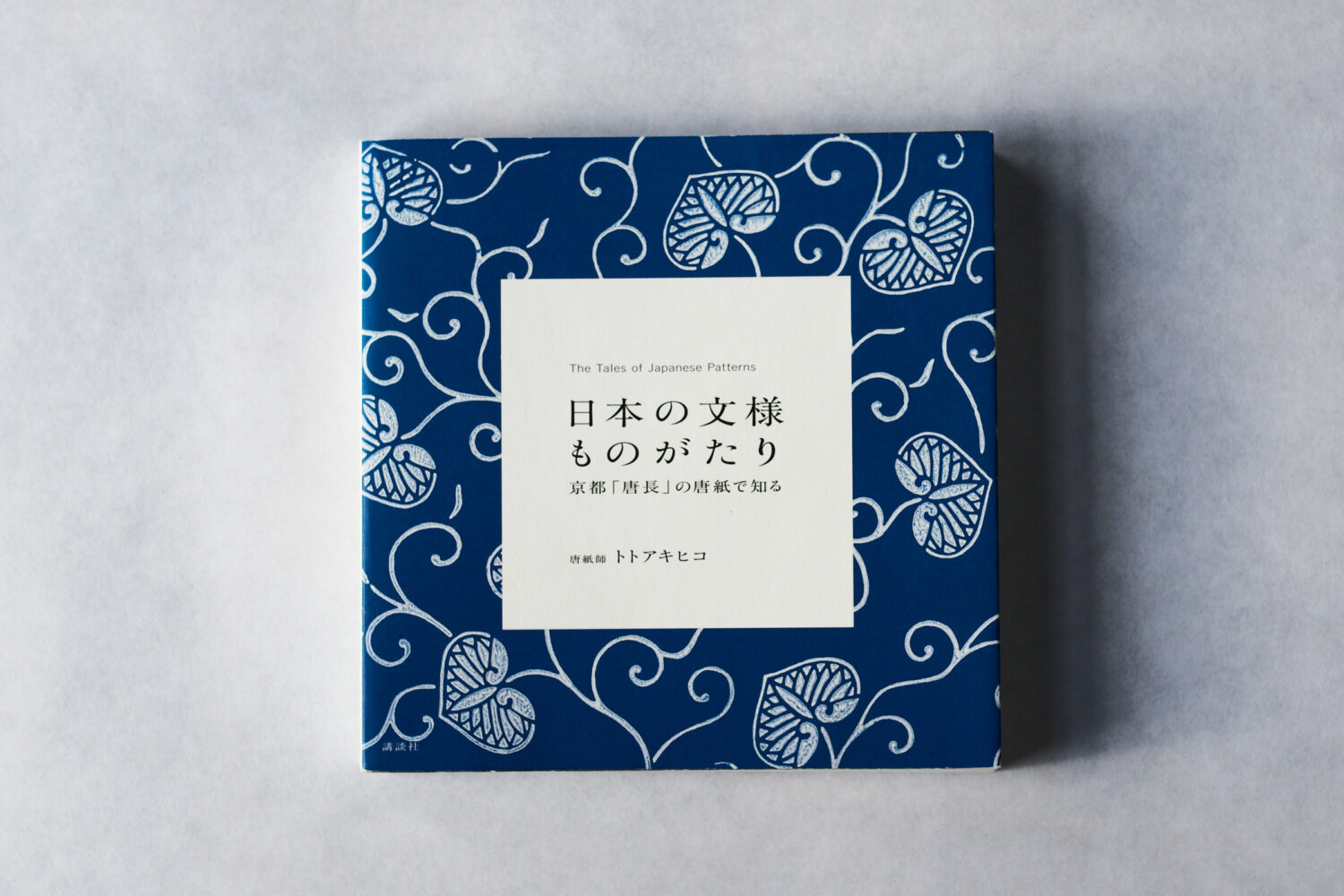
Nihon no Monyo Monogatari
[Japanese Pattern Stories]
The Karakami Paper of Karacho
Karakamishi: Toto Akihiko. (published by Kodansha)
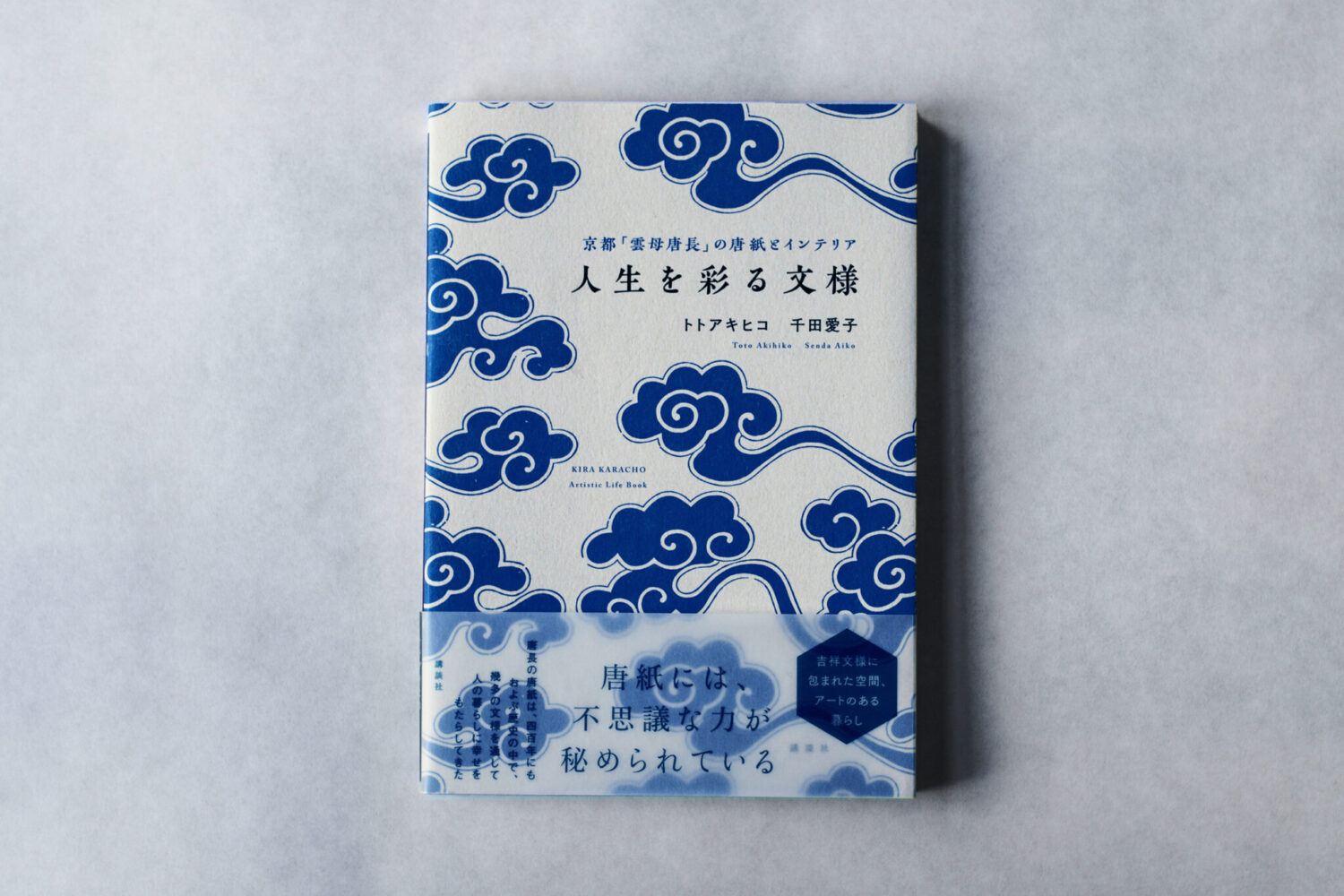
Jinsei wo Irodoru Monyo
[The Patterns That Color Life]
The karakami and interior decoration of Kyoto’s Kira Karacho.
Toto Akihiko and Senda Aiko (published by Kodansha)

Karakami pattern letter book
Kira Karacho
Written by Toto Akihiko and Senda Aiko (published by Seigensha Kodansha)
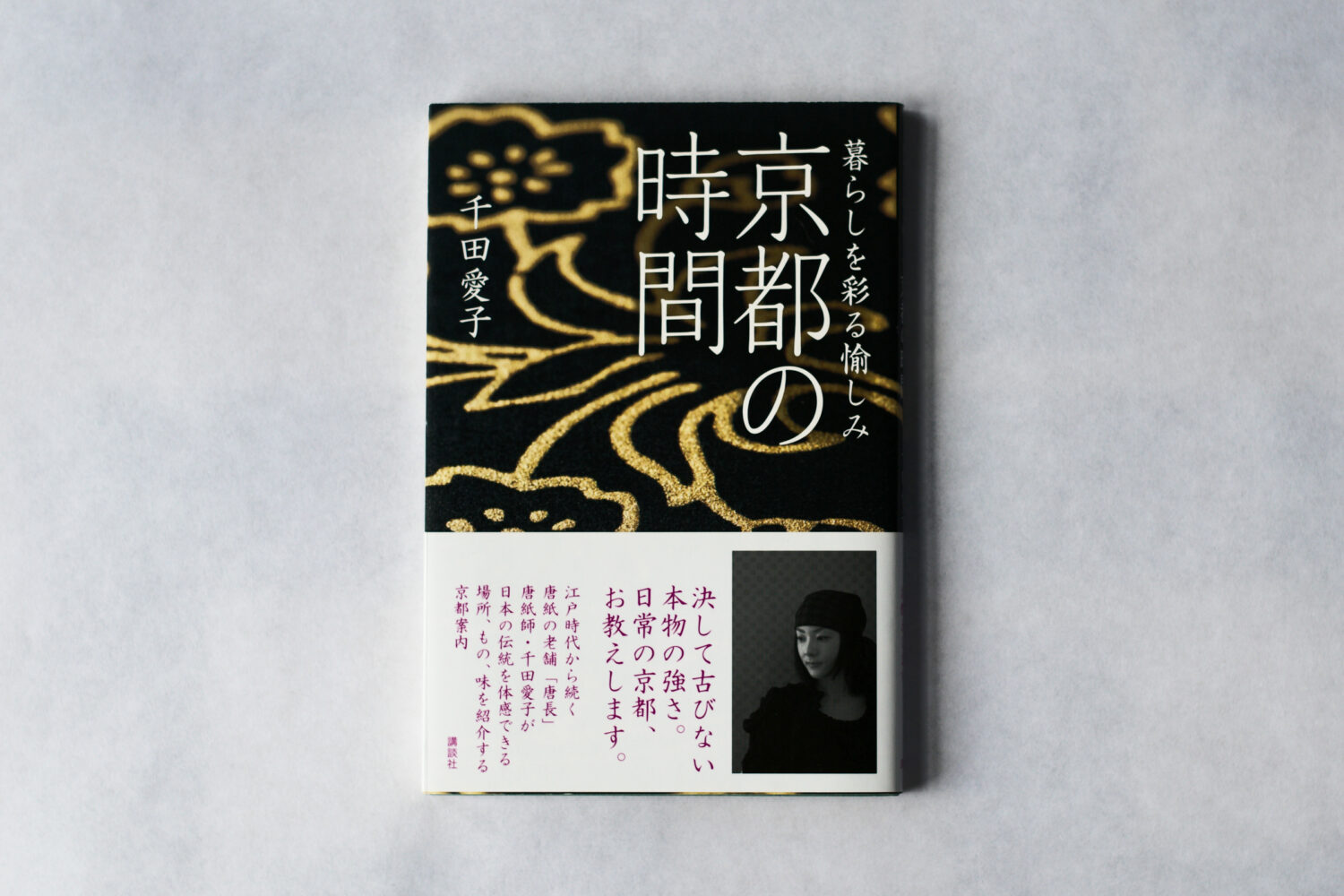
Time in Kyoto
The Fun that Colors Life
Senda Aiko (published by Kodansha)
